How to Grow & Care for Your Hydrangea Plant: Expert Growing Advice
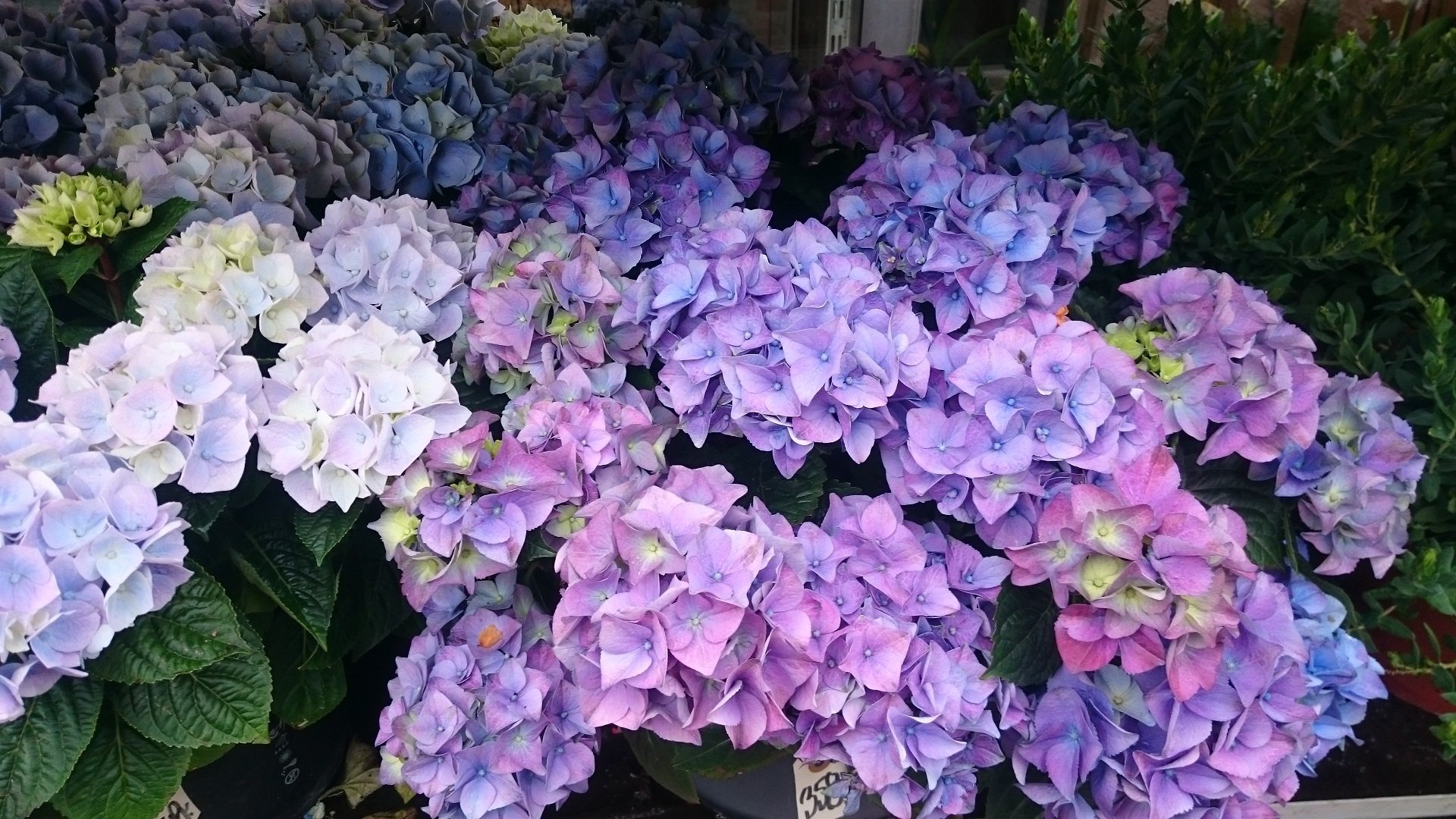
Table of Contents
When you think of hydrangeas, you immediately see beautiful bold colours like blue, white, pink, red, etc., adorning your garden in thriving clusters.
So, are you considering adding a beautiful and natural appeal to your garden? Then Hydrangea Flowers are indeed one of the best options available. They give a garden characteristic while making it seem alive and flourishing.
Hydrangeas are one of the most beautiful flowers in the world and are quite popular in eastern Asia, China, Japan, and America. They have a variety of colours and bloom amazingly. Over to that, they are comparatively easier to maintain and care which makes them a great attraction to people. This article will provide you with all the information related to hydrangea care and maintenance.
Ideal Growing Conditions for Hydrangeas
An excellent growing condition for hydrangeas can include the following:
- A partially shaded area that receives morning sun and afternoon shade.
- They need well-draining soil rich in organic matter.
- They should be kept well watered, especially during hot & dry climates.
How to Grow Hydrangeas
1. Choosing the Right Location
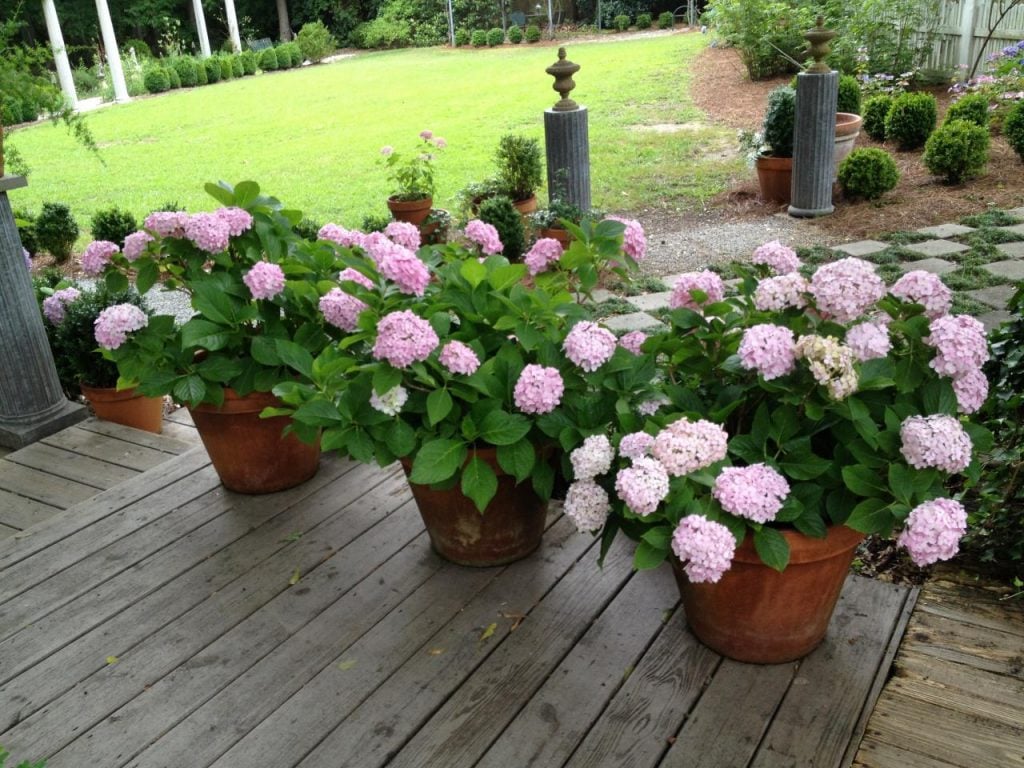
Now obviously, we can’t create a new location to plant hydrangeas. Either we need to adjust things as per them, or it’s generally advisable to choose plants as per your climatic conditions. But don’t worry, as we said earlier, it’s not even that difficult. We will tell you how to come over these problems.
- Hydrangeas prefer a partially shaded area that receives morning sun and afternoon shade.
- They also need well-fertilised soil, so don’t plant them in barren areas.
Suggestion: If you don’t have this type of location, you may set up a tent for the garden. It will protect these flowers, and also you can spend quality time under this tent in the evening by putting some garden chairs and a table with your partner or with yourself too.
2. How to Prepare Soil
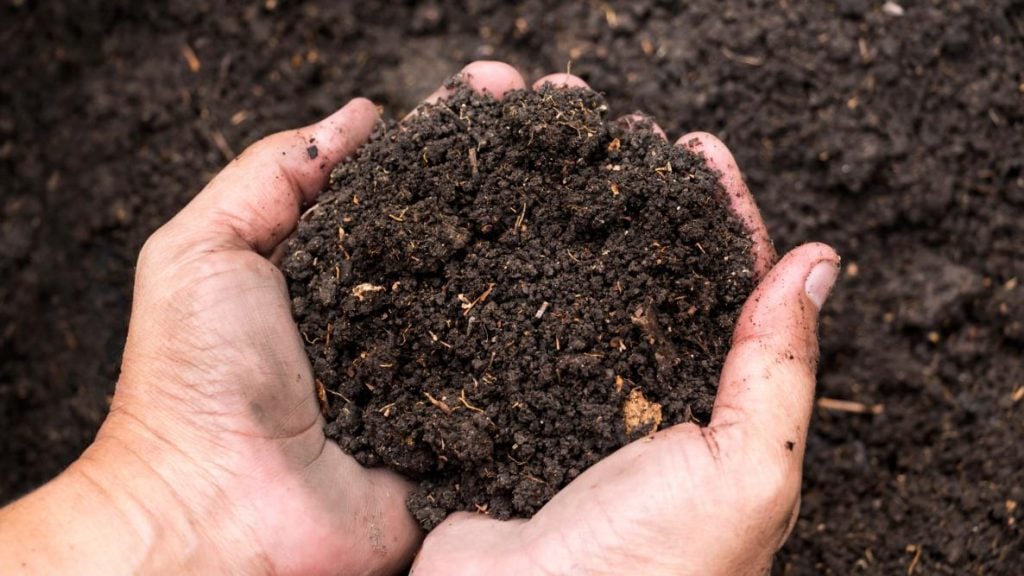
If you have recently started gardening and don’t know how to do basic things, you may feel soil preparation is a complex task and get disgusted sometimes. But once you start doing it, you will realise how easy and fun this is!
Just ensure you prepare the soil by adding compost or other organic matter like vegetable peels, dried leaves, eggshells, et cetera to the planting hole. This will help the soil retain moisture and provide the nutrients the plants need to bloom. And…
That’s it! Congratulations, you learnt how to make the perfect soil for these hydrangea flowers.
3. Planting Procedure
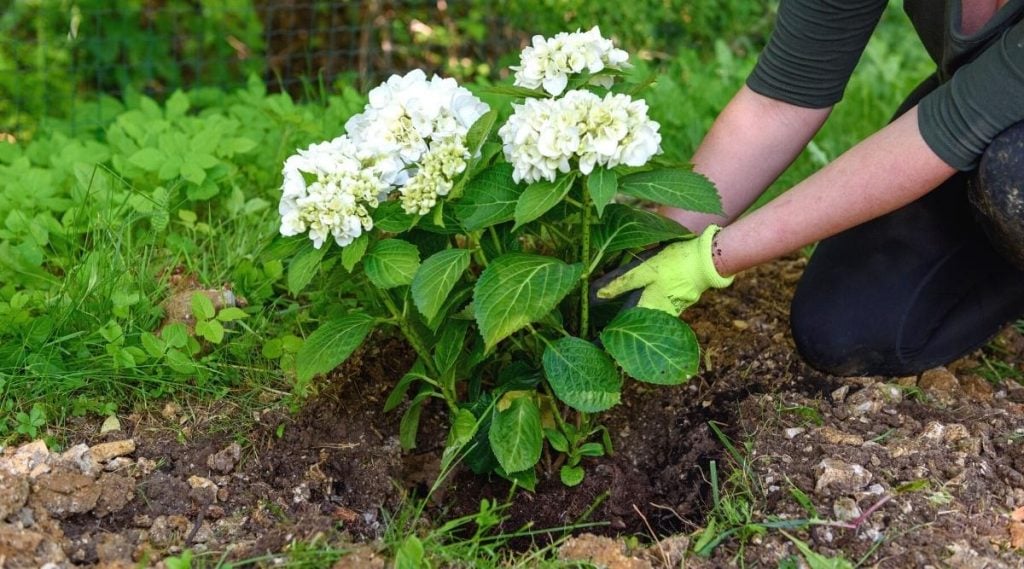
Follow the steps below plant these hydrangeas ideally:
- Step 1: Dig a hole slightly larger than the plant’s root ball.
- Step 2: Place the plant in the hole, ensuring the root ball’s top is level with the surrounding soil.
- Step 3: Fill in the hole with soil and water the plant thoroughly.
- Step 4: Enjoy the beauty you created.
4. Hydrangea Watering Requirements
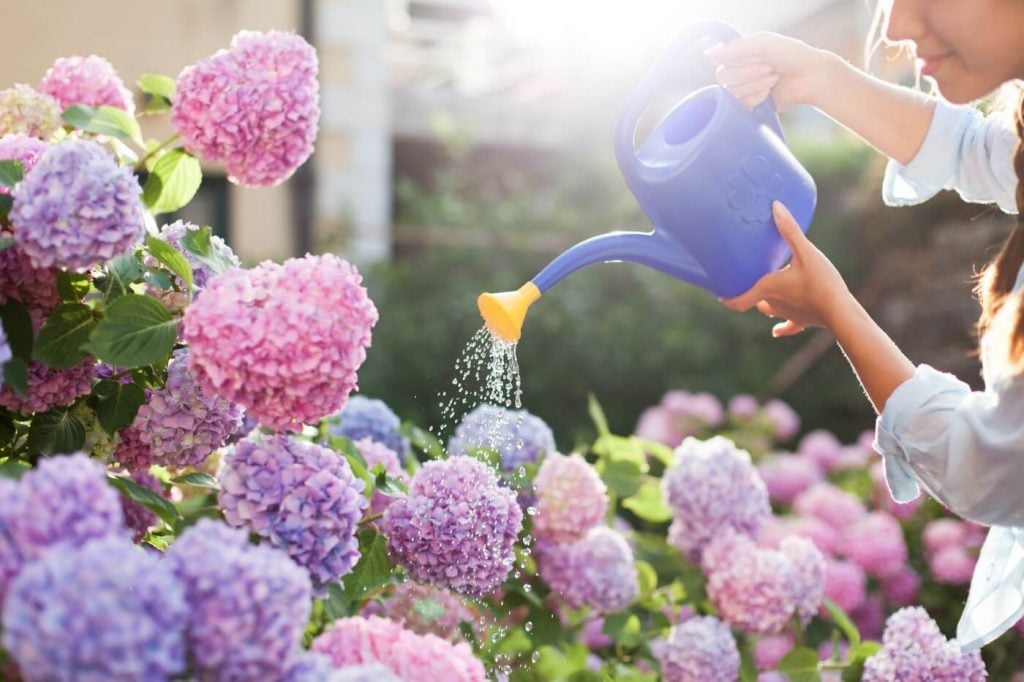
Hydrangeas require regular watering, especially during hot, dry weather. Make sure to keep the soil moist, but also don’t overwater it since this flower has a higher tendency to die.
Note – If you overwater it, the root will rot. However, if you underwater it, the plant will die.
5. Fertilising Your Hydrangeas
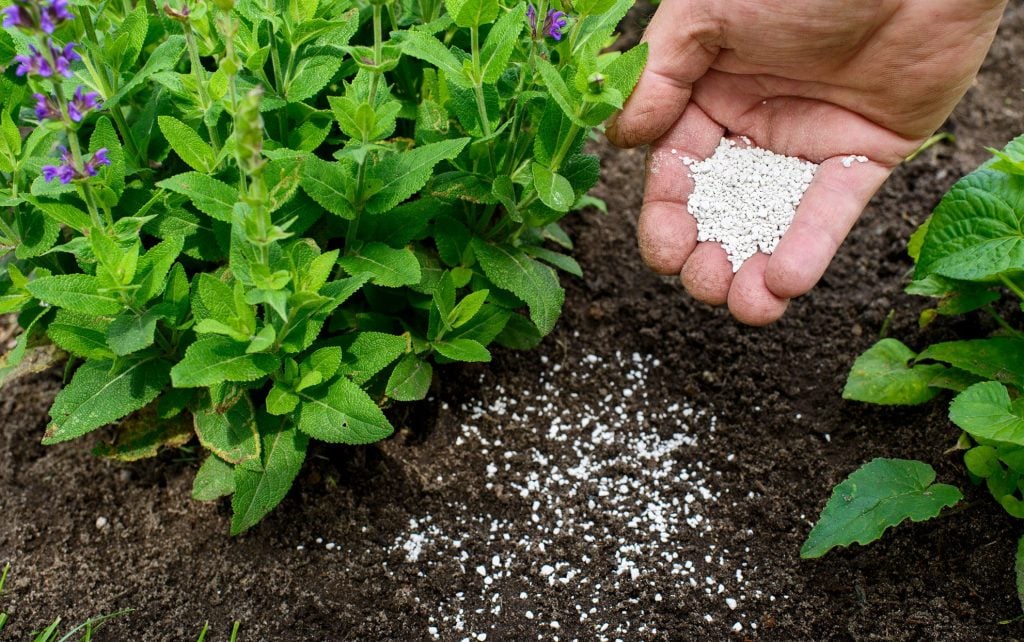
Hydrangeas benefit from regular fertilisation to promote healthy growth and blooming. Use a balanced fertiliser, such as 10-10-10 fertilisers or 12-12-12 fertilisers, every two to three weeks during the growing season. Follow the instructions on the fertiliser label for the recommended application rates.
Important Note:
- 10-10-10 fertilisers mean 10% nitrogen, 10% phosphate, and 10% potash.
- 12-12-12 fertiliser is a blend of nitrogen, phosphorous, and potassium.
Hydrangea Care and Pruning
1. When To Prune Hydrangeas
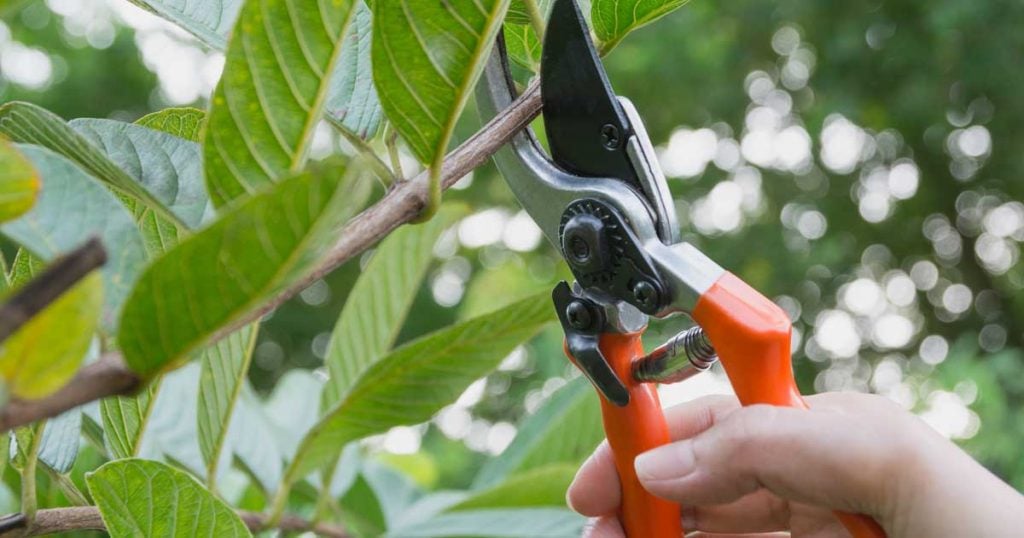
The best time to prune hydrangeas depends on their variety which is as follows:
- Bigleaf hydrangeas should be pruned after they finish blooming, typically in the late summer or early fall.
- Oakleaf hydrangeas should be pruned in the late summer or early fall after the blooms have faded.
- Panicle hydrangeas should be pruned in late winter or early spring before new growth appears.
- Smooth hydrangeas should be pruned in the late winter or early spring before new growth appears.
2. How to Prune Hydrangeas Flowers
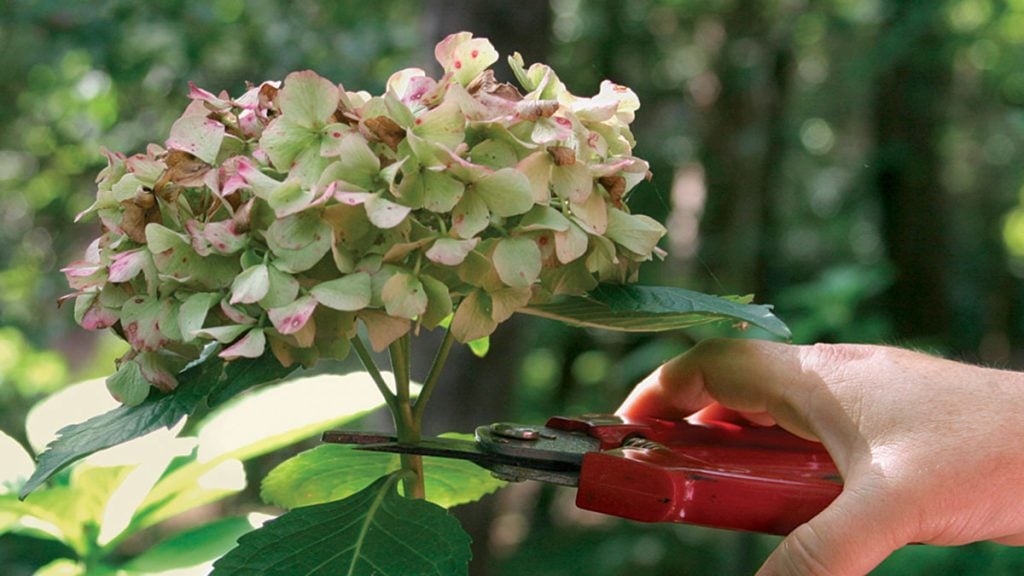
When pruning hydrangeas, remove any dead, damaged, or diseased wood. Then, remove any branches that are crossing or rubbing against each other.
Finally, shape the plant as desired by selectively removing branches to improve its overall appearance.
Common Hydrangea Diseases and Solutions
Here are some diseases and hydrangea care tips that can be beneficial for them:
Name: Powdery Mildew
Problem: A fungal disease that causes a white, powdery coating to appear on the leaves.
Hydrangea Care tip: To prevent powdery mildew, keep the foliage dry by watering at the plant’s base and avoiding overcrowding.
Name: Chlorosis
Problem: A condition caused by a lack of iron in the soil results in yellowing leaves.
Hydrangea Care tip: How to treat chlorosis? Easy. Just apply an iron supplement to the soil.
Name: Bud Blight
Problem: A fungal disease that causes the buds to turn brown and fail to open.
Hydrangea Care tip: To prevent bud blight, prune affected stems and remove any debris from around the plant.
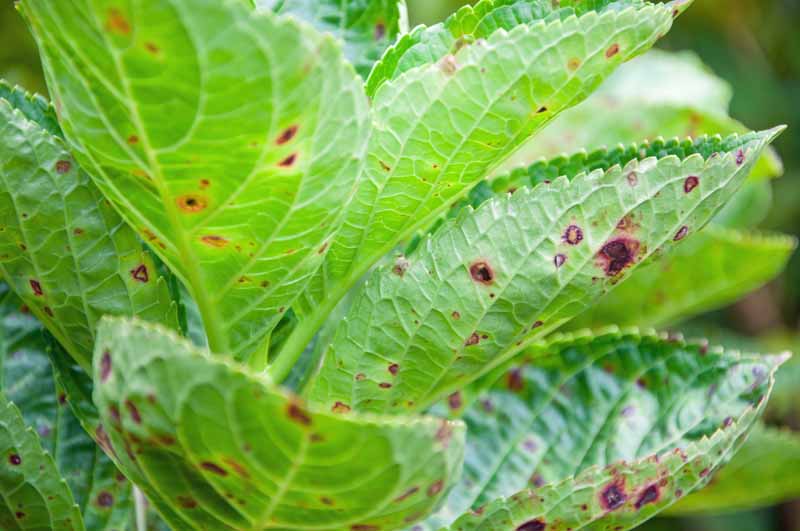
Propagating Hydrangeas
1. Propagation by Cuttings
Plant propagation is the process by which new plants grow from a variety of sources: seeds, cuttings, and other plant parts. Plant propagation can also refer to the artificial or natural dispersal of seeds. Propagation typically occurs as a step in the overall cycle of plant growth.
Hydrangeas can be propagated by taking stem cuttings from the parent plant in the following steps:
- Choose a stem that is healthy and has no flowers or buds.
- Cut the stem just below a leaf node, making a clean cut with a sharp knife or pruning shears.
- Remove the leaves from the bottom of the stem.
- Dip the cut end of the stem into the rooting hormone.
- Plant the stem in a pot filled with moist potting soil.
- Cover the pot with a plastic bag to create a humid environment.
- Place the pot in a bright, indirect light.
- Water the cutting regularly, keeping the soil moist but not waterlogged.
- After several weeks, the cutting should begin to develop roots.
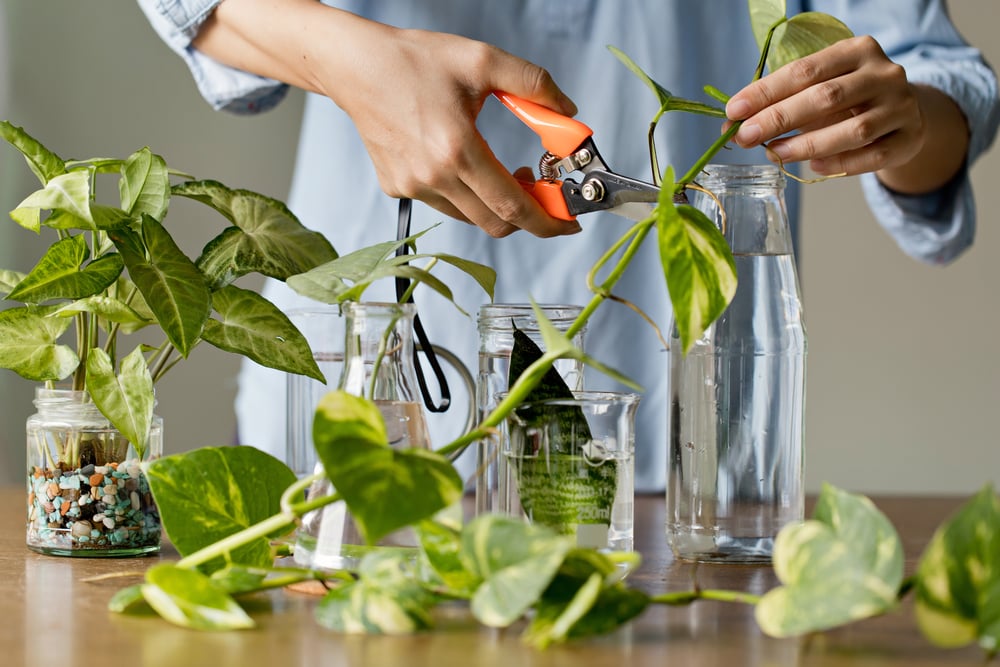
2. Propagation by Layering
Hydrangeas can also be propagated by layering, which involves bending a low-growing branch down to the ground and burying a section of it in the soil.
- Select a healthy, flexible branch that is close to the ground and free from disease or damage.
- Make a small cut in the underside of the branch, about 6 inches from the tip.
- Dust the cut with rooting hormone powder to encourage root growth.
- Bury the cut section of the branch in a small hole in the ground, leaving the tip exposed.
- Secure the buried section of the branch in place with a U-shaped wire or a rock.
- Water the buried section of the branch well and keep it moist until new roots have formed.
- Once new roots have formed, cut the branch from the parent plant and transplant it to a new location.
This propagation method (by layering) is an easier and unique way to beautify your garden. Remember, beautiful things have a high maintenance, so have patience and do it only if you enjoy it. Happy gardening!
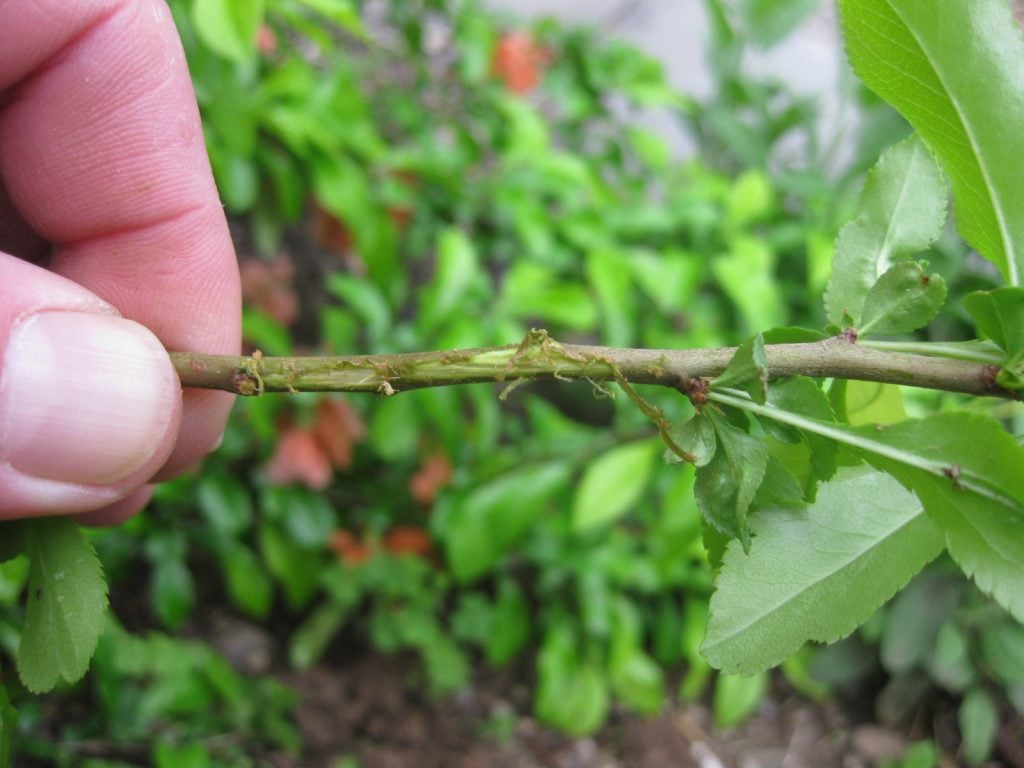
Different Varieties of Hydrangeas Flower
Initially, it may be slightly confusing when you learn about the types of species available and selecting any one of them would be difficult. If you are a beginner, it may also happen that you may not understand a few things about them. But gradually, you will develop the habit. Here are some hydrangeas species with a brief description of them.
- Bigleaf Hydrangea: These hydrangeas are the most common hydrangeas. Their colour ranges from purple to white.
- Oakleaf Hydrangea: This variety of hydrangea plants has distinctive oak leaf-shaped leaves and cone-shaped flower clusters that bloom in the summer.
- Panicle Hydrangea: These hydrangeas have large, conical flower clusters that bloom in the summer and can range in colour from white to pink to red.
- Smooth Hydrangea: This type of hydrangea has large, rounded flower clusters that bloom in the summer and range from white to pink. Also, they can spread over a large area very quickly.
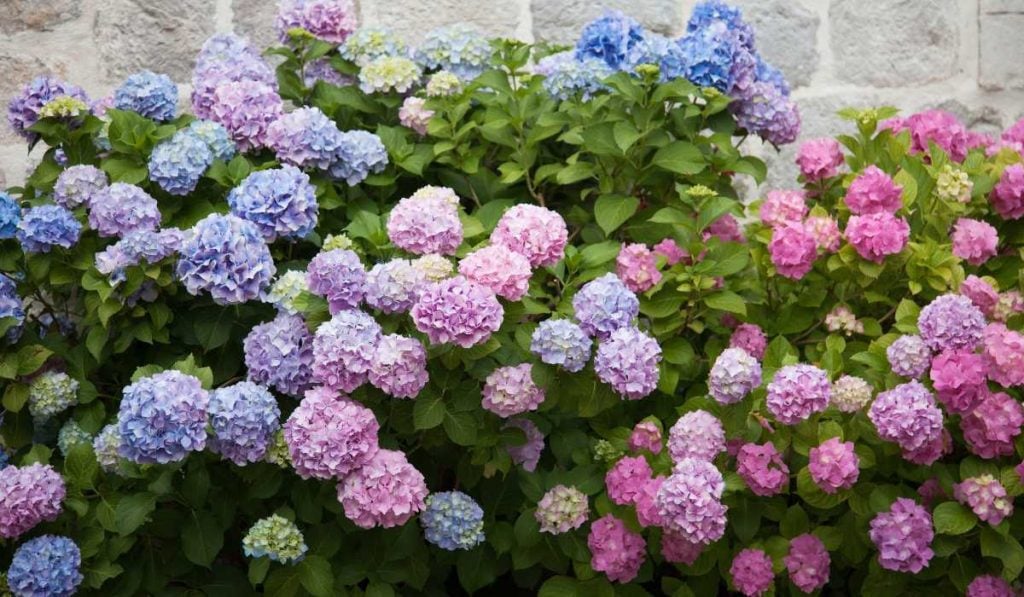
Summing Up
All in all, Hydrangeas flowers are beautiful, and putting them in your garden is ideal and an easy way to adorn your garden with a much-needed aesthetic. Not only just their appearance, they are also easy to maintain and care for as compared to other plants. They have big blooms and are available in various colours. All these factors make them ideal for growing in your garden.
Above mentioned steps, like watering, pruning, and propagating, are crucial to ensure the longevity of these hydrangeas flowers and to maintain their quality and life.
If you follow the suggestions and tips for soil preparation and proper propagation above, you will surely have that natural and vibrant variety of hydrangeas. Do let us know about your experience of growing hydrangeas in the comment section below!
Frequently Asked Questions
When Is the Best Time to Plant Hydrangeas?
Hydrangeas should be planted in early spring or fall (as soon as summer heat breaks). If you garden in a region where the ground freezes, get plants into the ground at least six weeks before fall’s first killing frost. This allows plants to sink roots before the serious cold settles into the soil. Once you plant it, add a layer of manure or mulch to keep the root insulated.
How Much Sun Do Hydrangeas Need?
As mentioned in the article above, partially shaded regions are best for hydrangeas but anyways, but some of the varieties can tolerate strong sunlight. Nevertheless, if any of them are kept in direct sun for a longer period, then there are higher possibilities of drying too.
How Often Should I Water My Hydrangeas?
It is suggested that you should water them on a daily basis. One more thing to remember is that that should be watered more during the summer season or in hot and dry climates to avoid dehydration. They should not be overwatered, but it is suggested to add extra water once a week.
How and When Do I Prune My Hydrangeas?
You can start pruning hydrangeas in the early spring or in late winter but remember to do it before it start growing again. One must notice that it is not the same case with all the variety, and one must research before pruning. However, you can remove dead or dried leaves/twigs you can remove them anytime!
How Can You Change the Colours of Hydrangeas?
You cannot do much about the flowers’ colours. If your soil is more acidic (by adding aluminium sulfate or sulfur), it will become blue, whereas alkaline soil is more likely to give you shades of pink. However, if you maintain the perfect pH level of the soil, you will get bright colours.

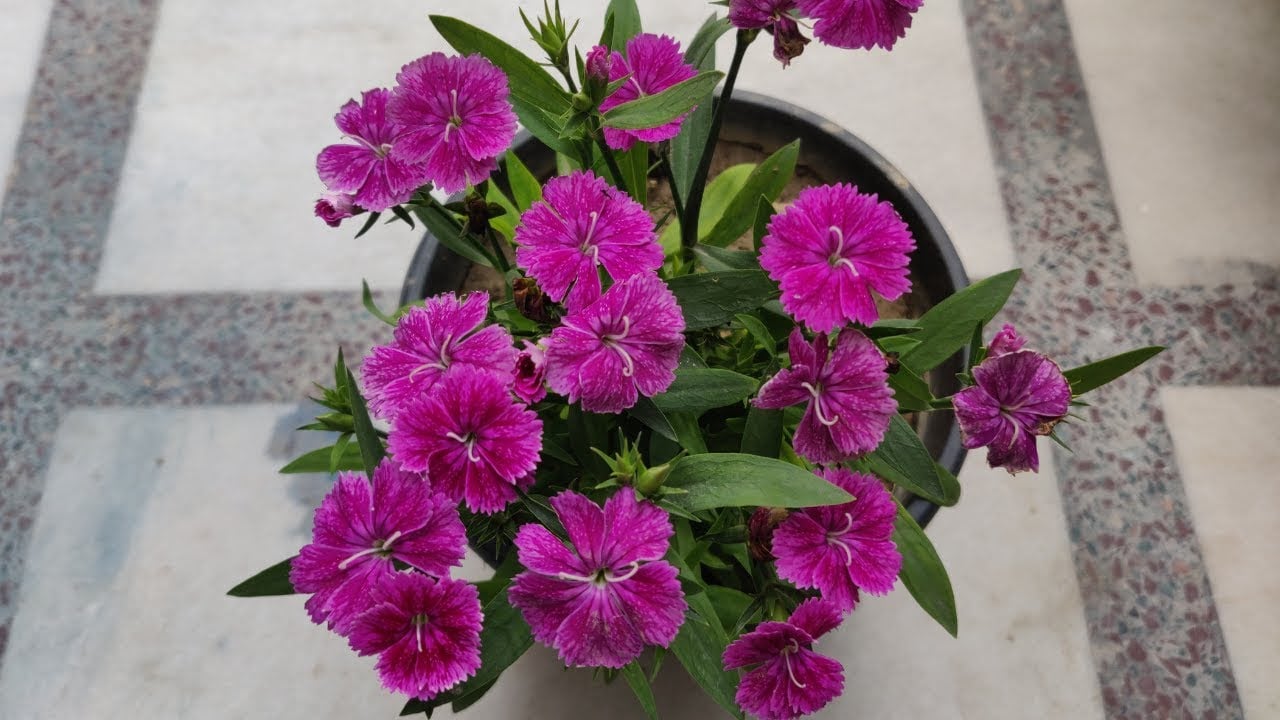
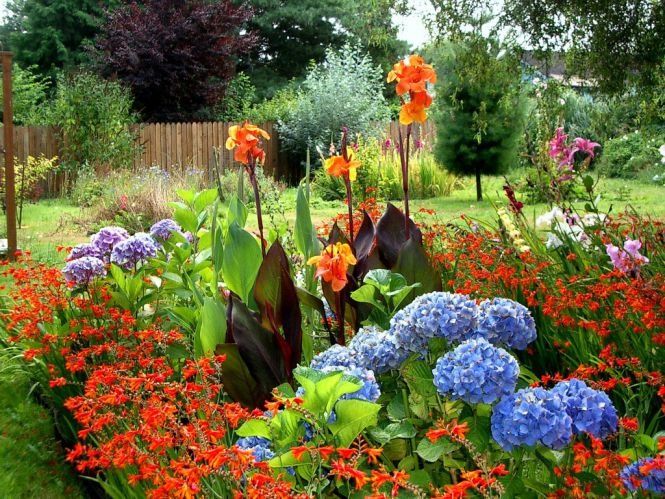
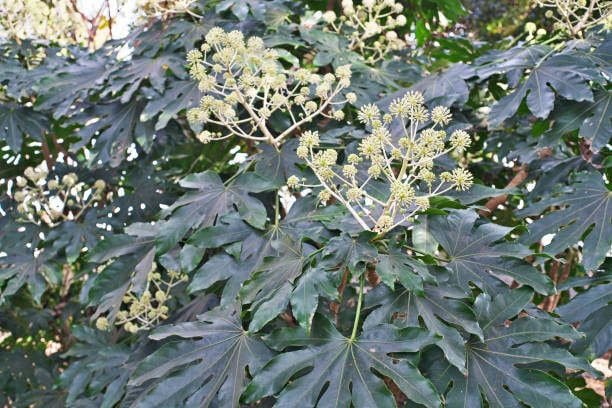
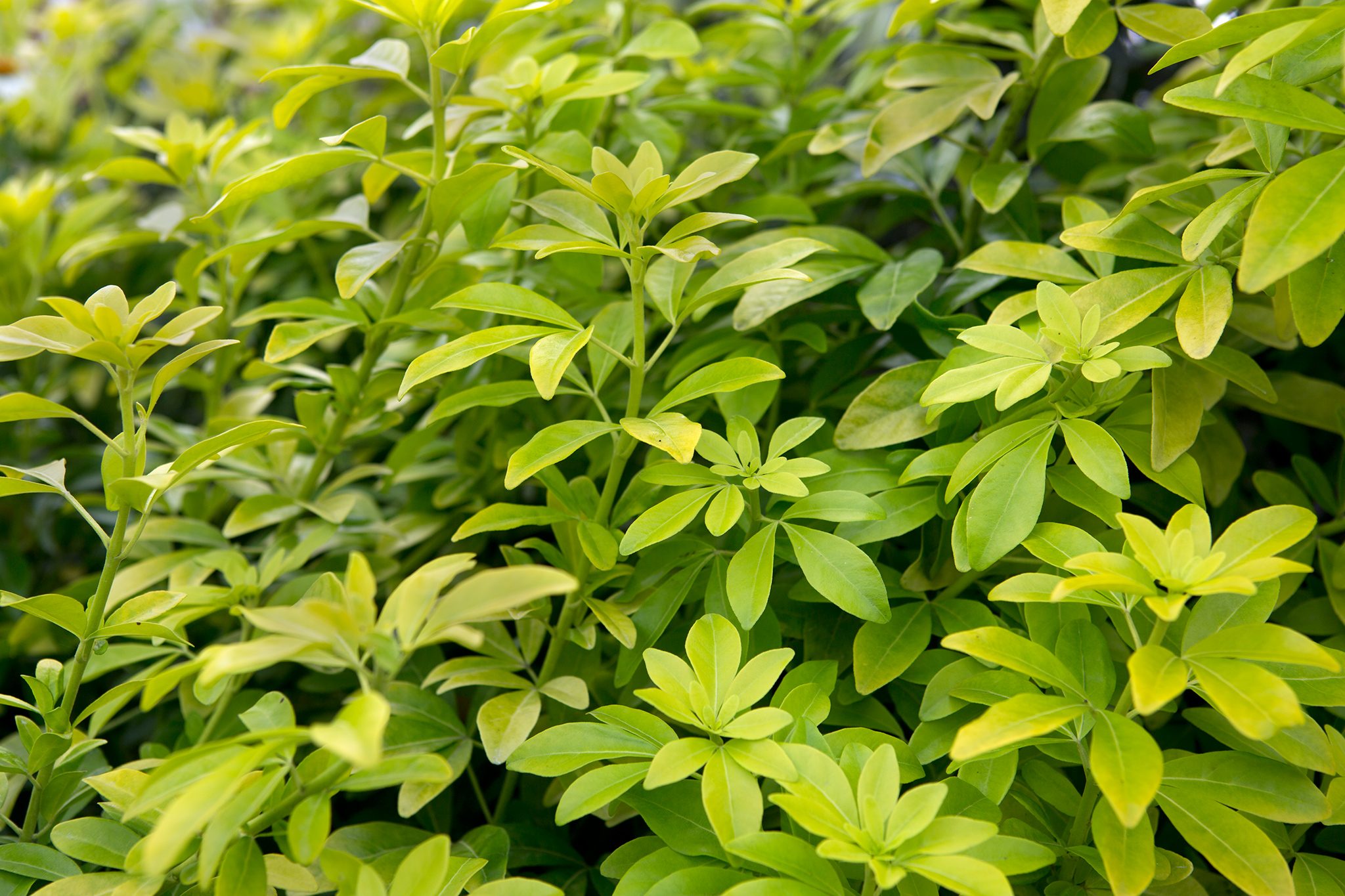
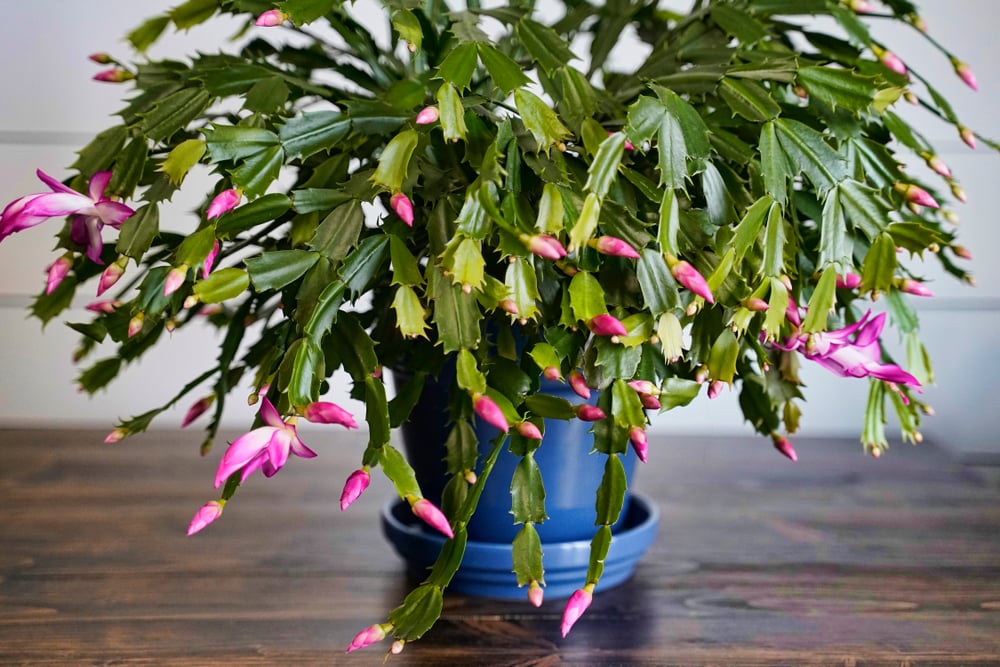
![How to Grow and Care Bougainvillea Plant [UK]](https://staging.thearches.co.uk/wp-content/uploads/Bougainvillea-Plant-Care-Growing-Tips-1.jpg)